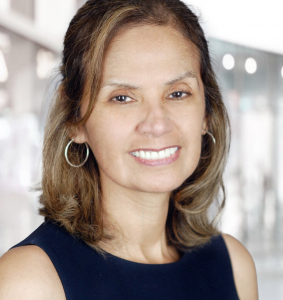What is Multifamily Syndication?
It is a real estate acquisition strategy for investors to pool capital contributions and expertise from other investors so as to acquire and manage large property assets that would otherwise been unaffordable for an individual investor to purchase on their own. Basically this strategy allows many more investors to unlock the benefits of real estate investing and achieve massive wealth generation without having to invest millions and millions of their own dollars.
Why Choose Passively Investing In a Syndication?
Active investors (General Partners / GPs) are savvy investors who have the time and expertise in acquiring, managing, and disposing of large real estate properties. But even after leveraging the property with debit, they often find themselves lacking the funds to acquire the deal. On the flip-side, passive investors usually cannot offer the time or expertise to be immensely involved in such a deal, but are looking for reliable investments to grow their wealth and/or just learn the ropes of active investing.
This is where you as a passive investor come into play and get to reap all of the benefits.
Active investors need your money in order to close on a deal. And because of this, they are willing to give up a significant portion of the capital shares to passive investors (Limited Partners / LPs), and a great return on investment in order to make the deal happen. This means that you do not have to worry about having the knowledge or giving up valuable personal time at all! All you have to do is bring money to the table.
So, what does the capital structure look like and what are the typical returns?
Active investors will typically put in 10% to 30% of their own capital, allowing the passive investors to take advantage of the remaining 70 to 90% of the shareholder stake. Typical capital contribution for a passive investor is anywhere between $50,000 to $75,000. Sometimes $100,000 if demand is really strong.
A split of profits between the General Partners and Limited Partners is agreed upon and placed into the entity documents known as the Private Placement Memorandum or PPM. Investors in multifamily real estate syndications make money via cash flow, appreciation, and principal pay down and these profits are split based on the pre-arranged equity structure mentioned above. Many syndications will offer a “Preferred Return” or “Pref” of 7% to 9% which guarantees a return to investors before the General Partners even get paid on a deal. Typically cash flow profits are given out in distributions via quarterly payments with a lump sum payment including the return of the original investment upon sale of the asset. Investors can typically expect 9-10% in annual returns on investments, and a total investment return of 100%+ after the 5 to 7 year investment period.
In Conclusion
Passively investing in a multifamily syndication can provide you great leverage in achieving great returns in a deal without any responsibility or time spent in managing the investment property.

